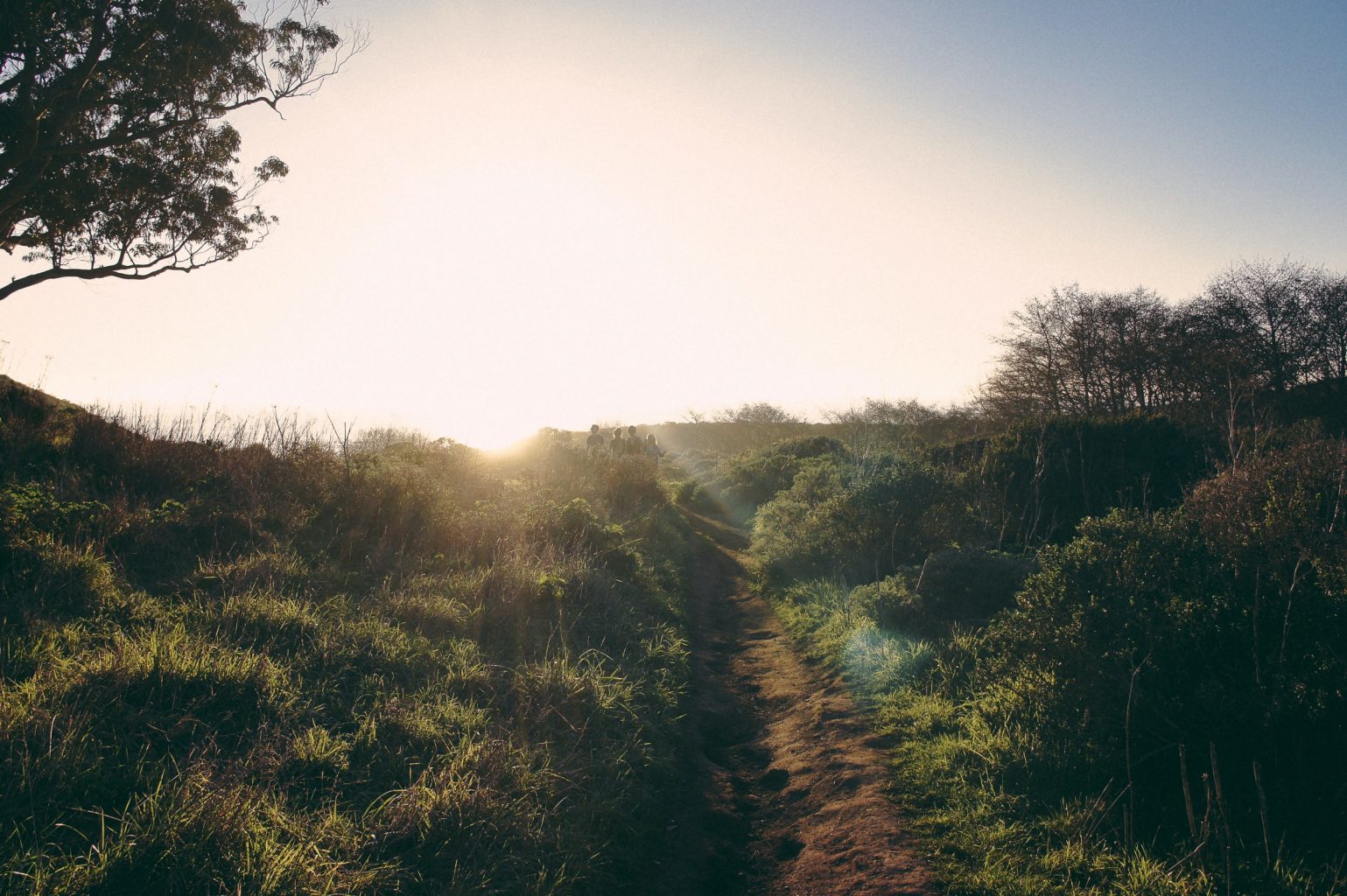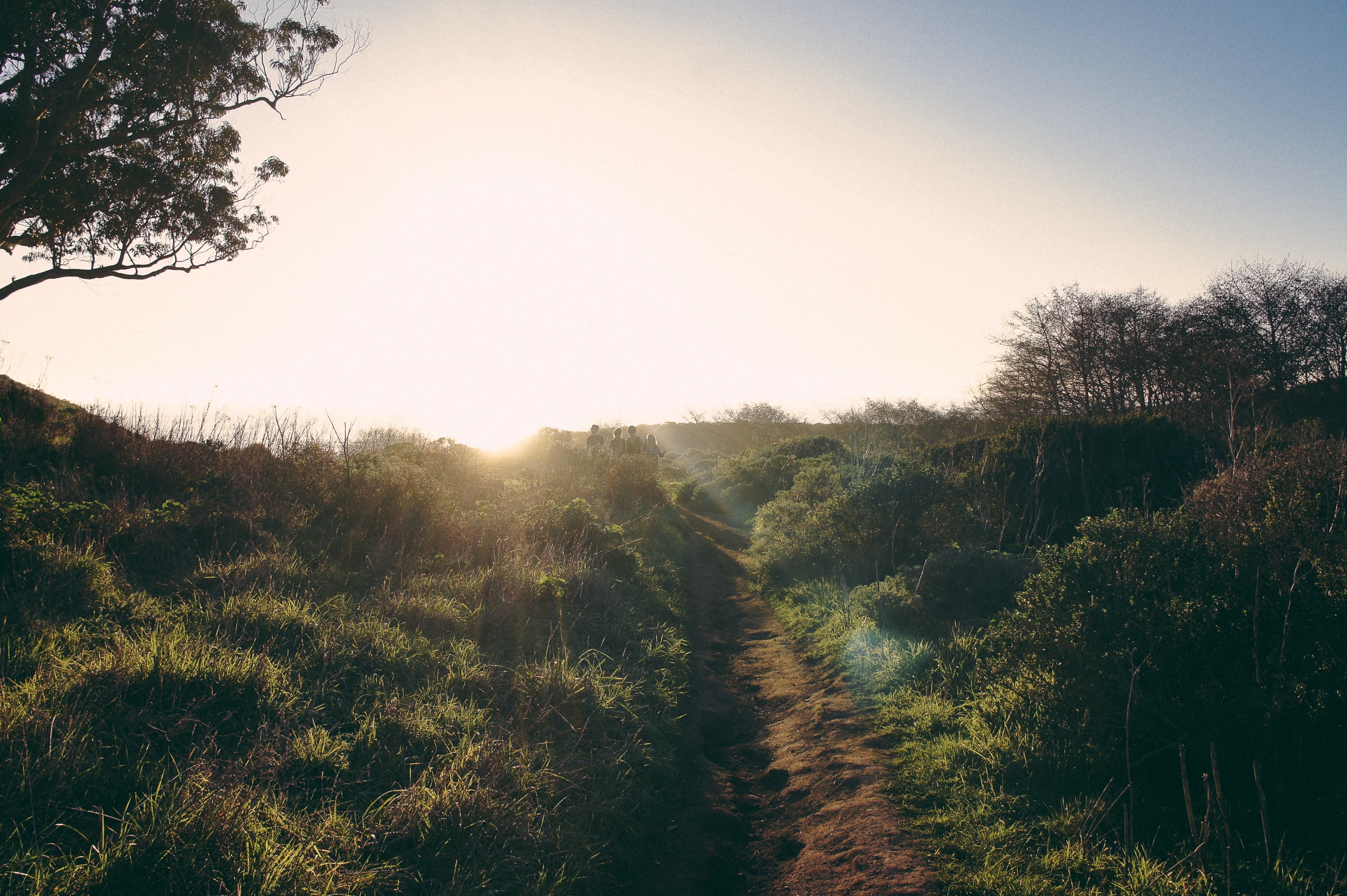Mary E. Hess is Professor of Educational Leadership at Luther Seminary in St. Paul, MN. During the 2016-2017 academic year she held the Patrick and Barbara Keenan Visiting Chair in Religious Education at the University of St. Michael’s College, in the University of Toronto. Her most recent book, co-authored with Stephen S. Brookfield, is Becoming a White Antiracist: A Practical Guide for Educators, Leaders, and Activists (Stylus Publications, 2021).
Living into the Light

I’ve lived in St. Paul, Minnesota for more than two decades. St. Paul is a deeply Catholic city, and I live in a parochial space that has a vibrant K12 school, as well as many, many Catholic organizations which have long been active.
The last five years, however, have been a time of great urgency and anguish, as those of us who are white and middle class have finally begun to listen deeply to our neighbors who do not resemble us. The world joined us in that listening in May of 2020, when a video recording of George Floyd being murdered in the city next door to us, by a Minneapolis police officer, was shared around the globe.
That new awareness brought along with it a deep recognition of how blindly we—and here I mean to speak only of my white and middle-class neighbors—how blindly we accepted the dominant stories of a zero-sum world in which racism was only a personal attitude, and justice meant being “color blind.” I share that now, to offer context for the rest of what I want to say here.
Pope Francis wrote in Laudato ‘Si that a key conviction of our faith is that we have: “an awareness that each creature reflects something of God and has a message to convey to us, and the security that Christ has taken unto himself this material world and now, risen, is intimately present to each being, surrounding it with his affection and penetrating it with his light (221)”.
What can it mean to live into that awareness and that light—in all the rich meanings of those words? And how might persons who look white, and thus benefit from racialization, participate deeply in the kind of communion to which our faith witnesses?
I have come to believe that doing so requires being actively involved with learning how to dismantle racism, learning what it means to inhabit an anti-racist stance in the world. I don’t think this is a place I can ever fully come to, a stance that I ever fully achieve, but rather it is something into which I am always growing, always seeking, always yearning towards, always becoming.
Much of the learning I have done in the past decades in this journey has to do with recognizing a few key insights.
First, whether I want to or not, whether I understand this or not, whether I choose to draw on it or not, I live within a world defined by white privilege. That doesn’t mean that various other aspects of who I am might not be challenged or oppressed, but it means that my whiteness prevents me from seeing, from experiencing, much of what my neighbors who do not resemble me, live with in daily ways. Rather than seeking to deny that I participate in racism, I need to stop, take a deep breath, and learn what that means. A really good book that spells this out is Heather McGhee’s Sum of Us: What Racism Costs Everyone and How We Can Prosper Together. While her book was written in the US context, I believe it has resonance for the broader North American continent.
Second, doing this work never ends, and I have grown to understand that as a white person, I have two choices: I can do it imperfectly, or not at all. And so I choose to try, and to realize that I will often fall down, mess up, make mistakes, and need to start again. Here is where my faith is a crucial resource, because I have learned what it means to repent, to seek forgiveness, to accept God’s grace, and to take the next step. There is much to lament about how the Catholic hierarchy has engaged with racism, but there is also much to draw upon—and here the many documents, sermons, hymns, and catechetical resources offer us so much! I start with the work of theologians Fr. Bryan Massengale and Dr. Shawn Copeland, but many dioceses have also put together excellent materials.
Third, this is collective, systemic work. It is never only personal and individual. Here again, my faith sustains me because it invites me to see all of the many ways in which human brokenness—human sin—puts stumbling blocks in my path. Yet it also invites me to see all of the ways in which God has created us in deep interdependence. We are created for each other; we are drawn into relationship. When one hurts, we all hurt. We need to be open to seeing and hearing and feeling that hurt. There is deep wisdom in our tradition, wisdom forged through centuries of pain and anguish, wisdom that invites us into lament, and from lament into remembering whose we are, to whom we belong. We are a communal people, and “re-membering”—putting back together the Body of Christ —that communion means that we can look to collective action, to practices that challenge systemic and structural forms of racism. Humans have created racism, and humans can deconstruct it and live into God’s light.
Fourth, breath matters. I often remind my students that we can live for many days without food, and even a day or two without water, but we cannot live for even 10 minutes without breath. In an era in which “I can’t breathe” resonates not only due to police brutality, but also through a COVID-19 pandemic, and in the midst of climate catastrophe, remembering to breathe, to slow down, to feel God’s love in our lives in the midst of trauma – that is an essential practice. It is also an ancient form of contemplative prayer. Whenever I feel particularly anxious or defensive or even despairing, I stop, I slow down my breath, and I pray this short prayer based on one verse from Psalm 46: “Be still and know that I am God (inhale/exhale slowly), Be still and know that I am (inhale/exhale slowly), Be still and know (inhale/exhale slowly), Be still (inhale/exhale slowly), Be.”
Fifth, and finally (at least for this moment), learning to be anti-racist as a person who looks white means leaning into relationships of accountability. To whom am I looking for leadership? Am I hearing the voices of communities which have been oppressed? One of the glimpses of hope I draw, as a US person, from the Canadian context, is that acknowledging the painful history of residential schools can open up new avenues of relationship and hope. Here in Minnesota we have a Lieutenant Governor who is a member of the White Earth Band of Ojibwe, and she is leading us in the hard work of truth and reconciliation. I draw comfort from the years long work of Canada’s TRC, and I try to live in a posture of learning and humility. I have been startled by how energizing and hope-filled that work can be, even in the midst of the deep pain and anguish to which I need to be present.
I return, now, to the reminder from Pope Francis with which I began, that a key conviction of our faith is: “an awareness that each creature reflects something of God and has a message to convey to us, and the security that Christ has taken unto himself this material world and now, risen, is intimately present to each being, surrounding it with his affection and penetrating it with his light (221)”.
May Christ’s light continue to illumine our anguish, and draw us ever more deeply into God’s love.
Read other InsightOut posts.

